Dec. 16/12 – Our purpose for visiting Bolivia was to see the Salt Flats and experience travelling on the Death Road. But since we were already here, we decided to visit the Amazon Rainforest and Lake Titicaca as well.
We had to take high altitude pills while visiting these places, otherwise we would have felt shortness of breath very quickly. Also, I don’t know if it had anything to do with the altitude that could have affected our digestive system, but we seem to get full very quickly during dinner time.
We covered Bolivia in 14 days total and am leaving feeling really good about this country and its people. A part of me really admire how simple and genuine they are especially when compared to people in the big cities such as Buenos Aires. I can see myself coming back to this country someday to visit the Salt Flats again if someone close to me wants me to accompany them.
We still have Peru left before going home to spend Christmas with my family on Dec. 23/12.
Below are all the places we visited while we were in Bolivia to see Salt Flats and Lake Titicaca and experience Death Road and the Amazons:
Cochabamba – From Brazil, our first stop in Bolivia was Cochabamba. We were here for 2 nights only because we were on connecting flights from Sao Paolo to La Paz. I really like it here. For one, I find the people very kind, simple and innocent. Then, I had a great time shopping in the local market because clothing and earrings are of the same price as in China. However, I love how the vendors don’t purposely jack up the price 3 times then allow you to bargain contrary to how Chinese vendors do it. Next, everything is way less expensive here than in any other places in South America that we have been to over the last 2 months.
La Paz – Our next stop was La Paz, located on the western part of the country. With only 877,363 inhabitants, it is the second largest city in Bolivia in terms of population after Santa Cruz. Built on steep hills, La Paz sits 3700 m (12, 139 feet) above sea level making it the world’s highest administrative capital, with Quito being the highest legal capital. One can’t help but notice the unpainted brick houses like those that you see in our photos. The reason for this is that those that can afford to paint their houses will be required to pay more taxes.
El Alto – Next destination is a city 450 meter higher than La Paz. It is one of the highest major cities in the world, situated at 4150 meters (13,615 feet) above sea level. With a population of 1.18M, El Alto is one of the fastest-growing cities in Bolivia due to a trend in migration from Bolivia’s rural areas to the La Paz region that started with the rural reform of 1952 and increased in the last 10 years.
It is easy to be confused while one is in El Alto, thinking that it is still La Paz. El Alto and La Paz are 2 different cities but they are only 20 mins apart. El Alto almost falls under La Paz so foreigners will just talk about La Paz as a whole instead of breaking it down to 2 separate cities. El Alto is known as “upper part” of La Paz and La Paz is the “lower part” of La Paz.
El Alto and La Paz share the same airport and it is located here.
Uyuni – After spending 4 days in La Paz, we were ready to move to Uyuni, a city in the southwest of Bolivia, as the starting point for going to Salt Flats. It primarily serves as a gateway for tourists visiting the world’s largest Salt Flats, Salar de Uyuni. Lying at the edge of an extensive plain at an elevation of 3,700 m (12,139 ft) above sea level, this city was founded in 1890 as a trading post and currently has a population of 21,400 (2010 official estimate).
Each year, Uyuni welcomes through its doors approximately 60,000 visitors from around the globe wanting to see Salar de Uyuni. Perhaps as an effect of the Salt Flats attraction, the city also acts as a gateway for commerce and traffic crossing into and out of Bolivia from and to Chile. To provide service to tourists, the government has established a customs and immigration post downtown.
Incahuasi Island – After visiting cities in the last few days, we looked forward to our visit to the island of Incahuasi, a hilly and rocky outcrop of land and former island in the middle of the enormous Salar de Uyuni. Its elevation is 3,656 meters (11,995 ft) and its total area is 24.62 hectares (61 acres).
This island is a stunning reminder that the Salt Flats used to be part of a gigantic lake.
Incahuasi Island has a gigantic cactus and a tourist center. One can also see the unusual and fragile coral-like structures and deposits that often consist of fossils and algae. These deposits serve as an additional reminder that the island is actually the top of the remains of an ancient volcano, which submerged when the area was part of a giant prehistoric lake, roughly 40,000 years ago.
Rurrenabaque is a small town in the North of Bolivia on the banks of the Beni River in the Bolivian Amazon Basin. Though with a population of only 15,000, Rurrenabaque is known as the gateway for all Bolivian Amazon adventures. Tourists wanting to experience the Amazon jungles make Rurrenabaque their entry point.
Copacabana – This is the original Copacabana, just lending its name to that beach in Rio. The name derives from “Aymara kota kawana,” meaning “view of the lake.” This small town is the main Bolivian town on the shore of Lake Titicaca and is a popular resort destination for travelers, both foreign and local. The town is known for its famous trout, fish from the lake. Despite the fact that the town has approximately only 6,000 inhabitants, the religious celebrations, cultural patrimony, and traditional festivals are well known throughout Bolivia.
Originally posted on Amy’s travel blog: TravelwithAmy.ca


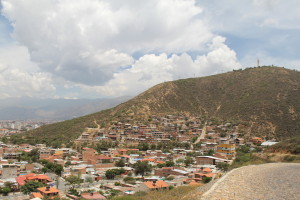


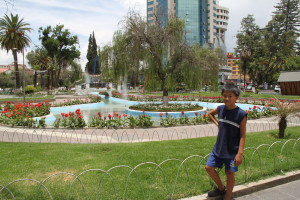

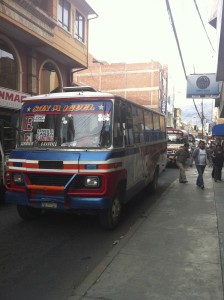
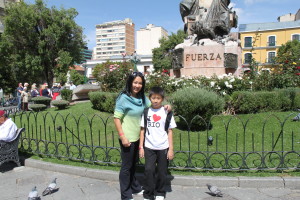
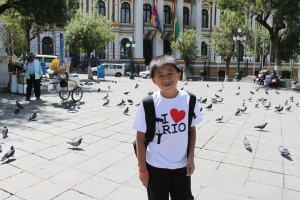
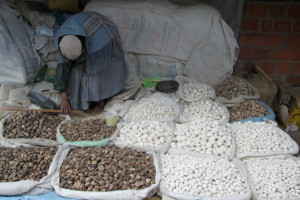

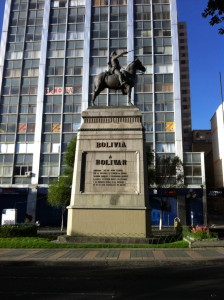

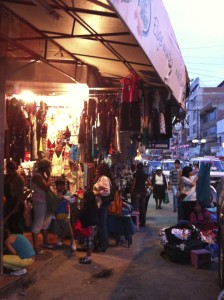
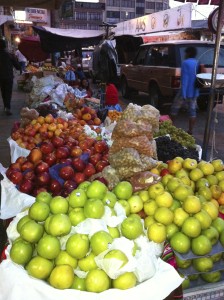
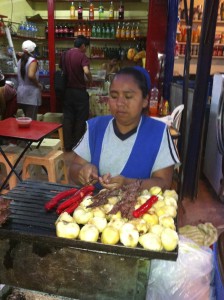
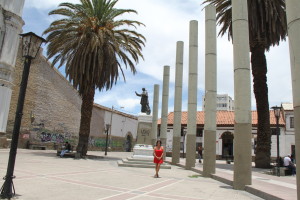


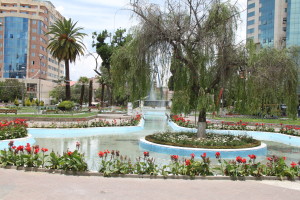



Very quickly this web site will be famous among all blogging and site-building visitors, due to it’s nice articles
That’s what I am wishing for… thank you
Howdy! Do you use Twitter? I’d like to follow you if that would be ok.
I’m undoubtedly enjoying your blog and look forward to new posts.
Sure! Pls do. Thank you